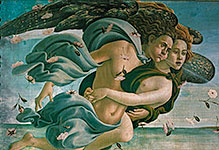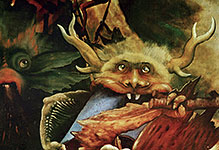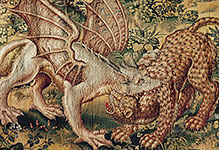
Mythology
Mythology

#30010755
Tapestry "History of Artemisia", Paris,1610-1620 The instruction of the y...

#30010756
Tapestry "History of Artemisia", Paris,1610-1620 Les Placets.Marque de Fr...

#30010757
Hercules abducting one of the horses of Diomedes. Audenarde, around 1545-6...

#300108 2
Gold-glass medallion showing Heracles and a husband and wife, and a small image...

#300108 3
Brass hanging lamp with a griffin handle, Early Byzantine, 5th-6th century. The...

#30010817
The Borradaile oliphant,Byzantine, 11th. A sounding horn carved with rows of int...

#30010818
The Borradaile oliphant,Byzantine, 11th. A sounding horn carved with rows of int...

#30010819
Icon of Saint George, Byzantine,from the village of Pskov, Russia. The panel was...

#30010830
Chatelaine plate, Merovingian, 7th century. Copper-alloy plate, originally tinne...

#30010835
0310000141 Stove-tile with the arms of James I, c1603-c1625. Earthenware stove-...

#30010870
Silver pendant, Slav (Kiev type), 12th century. This silver temporal pendant or...

#30010911
Jean-Babtiste Baillon Gédéon Decombaz Pocket watch: "Hercules and Omphale" aft...

